A recent exhibit at the Seattle Art Museum compiles a range of works from the Paul G. Allen Family Collection. From the program on the site: “Seeing Nature features 39 historically significant European and American landscape paintings from the past 400 years. These diverse works offer a unique opportunity for visitors to see the natural world through the eyes of great artists.”
I’ve been looking forward to checking this out, so finally had a chance this weekend to visit. The first thing one notices is the amazing John Grade’s installation ‘Middle Fork’ , a painstaking reproduction of a ‘140-year-old western hemlock tree’ floating above you in the lobby. More on this in a later post as it’s worth a deeper dive. My quick snap from the upper level.
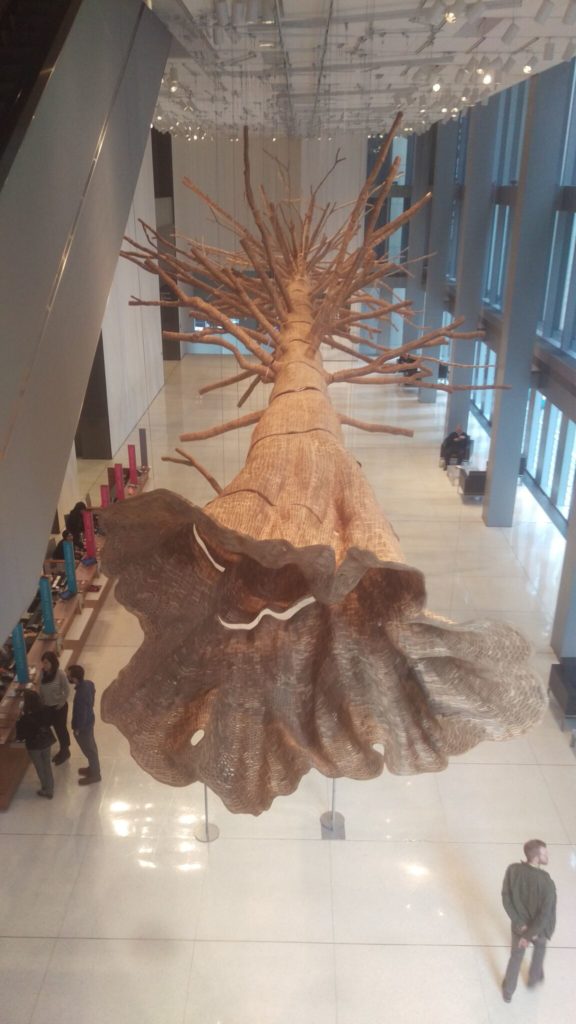
Seeing Nature has three main sections to organize the works, according to the website, including Admiring Nature, Shaping Nature, and Composing Nature. The gallery show was not really structured overtly, making a meandering wander. Each has a write up, for instance, the description for Admiring Nature below, which includes the idea of both the subtle beauty and the spectacle of nature, from the picturesque to the sublime:
“Nature impresses us. Its color, complexity, and vastness are inspiring. Thomas Cole and Thomas Moran, who were moved by majestic views, saw in the landscape a language for sharing heartfelt emotions and addressing the profound questions of life. Georgia O’Keeffe also responded to beauty and spirituality in nature, but she looked instead to quiet experiences on an intimate scale, painting the delicate petals of an iris. There are many ways to admire nature. The Impressionists responded not just to their physical surroundings but also to the qualities of light and atmosphere that colored them. In his painting of Vesuvius erupting, Pierre-Jacques Volaire offered another perspective from which to celebrate the spectacle of nature: with a fearful respect for its uncontrollable power.”
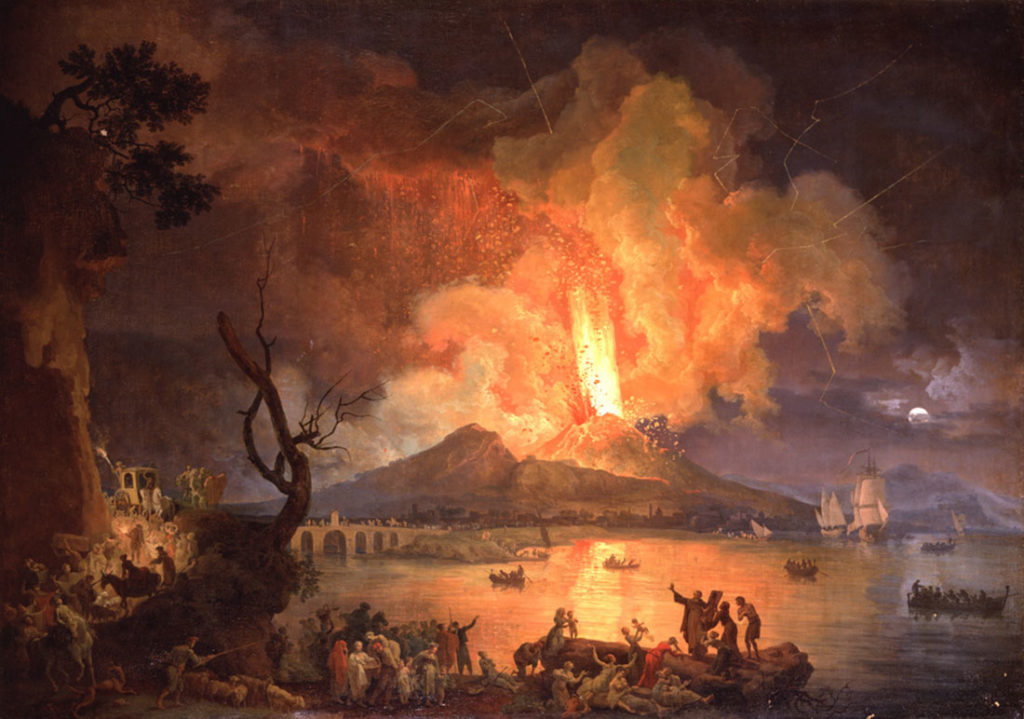
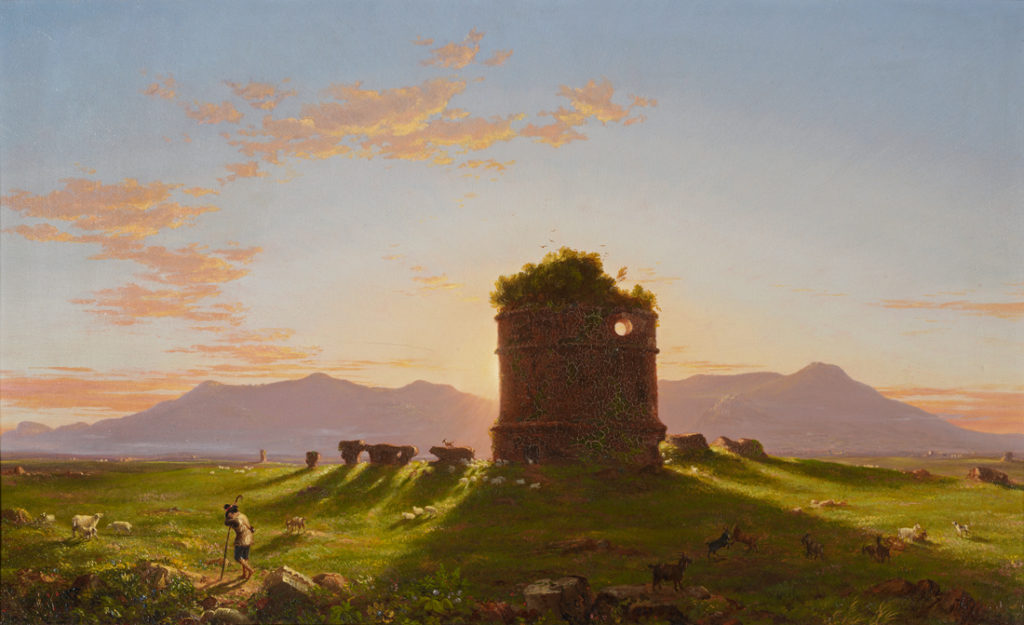
The section on Shaping Nature delves more into the architectural, referencing “humanity’s long history intervening in nature” and includes a range of artists from Manet to Canaletto‘s depiction of the Grand Canal to Thomas Hart Benton‘s agricultural landscapes, encompassing a diversity of styles of depicting landscapes and cities. Canaletto’s architecturual precision next to the smeary impressionism makes for interesting juxtapositions.
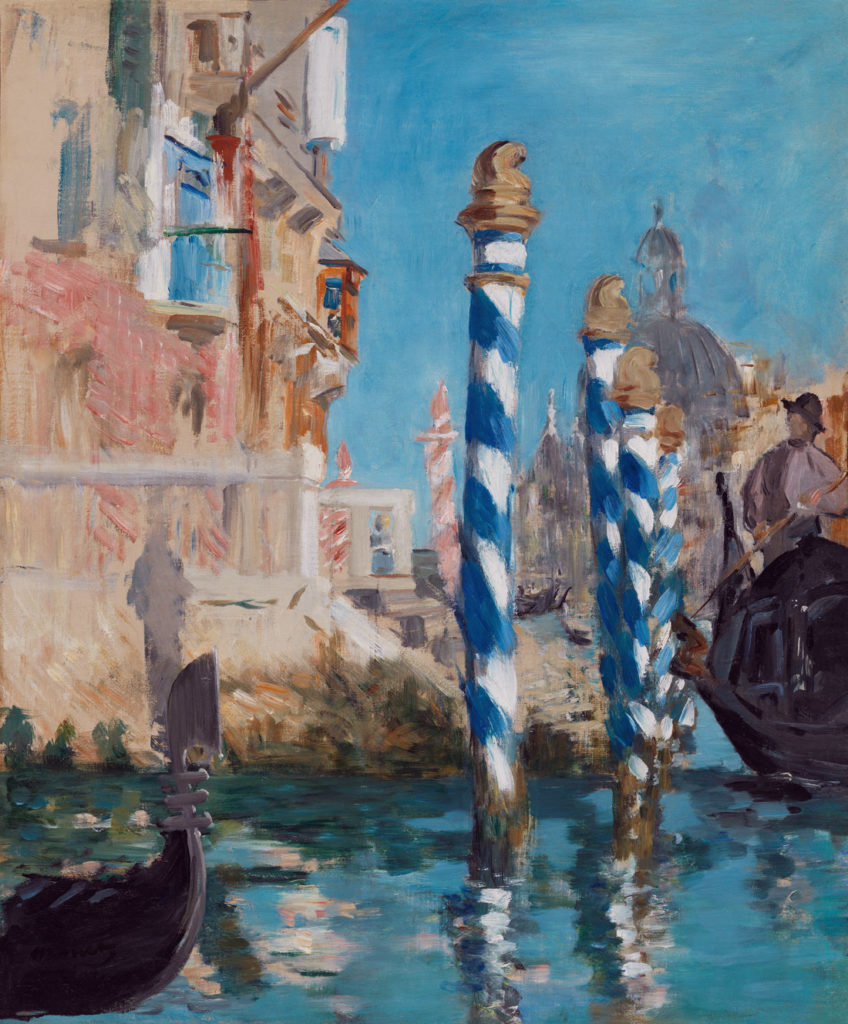
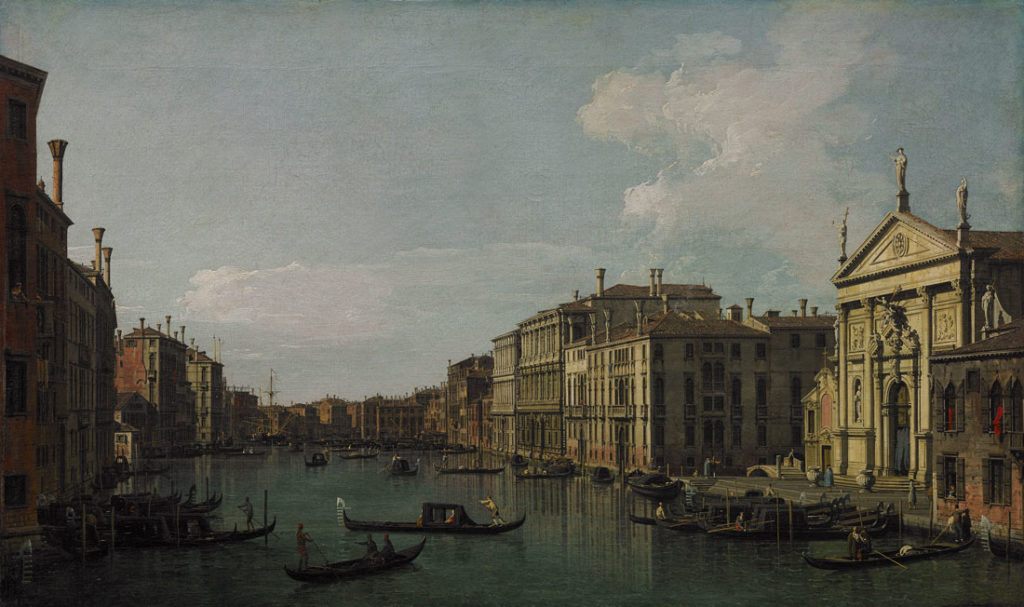
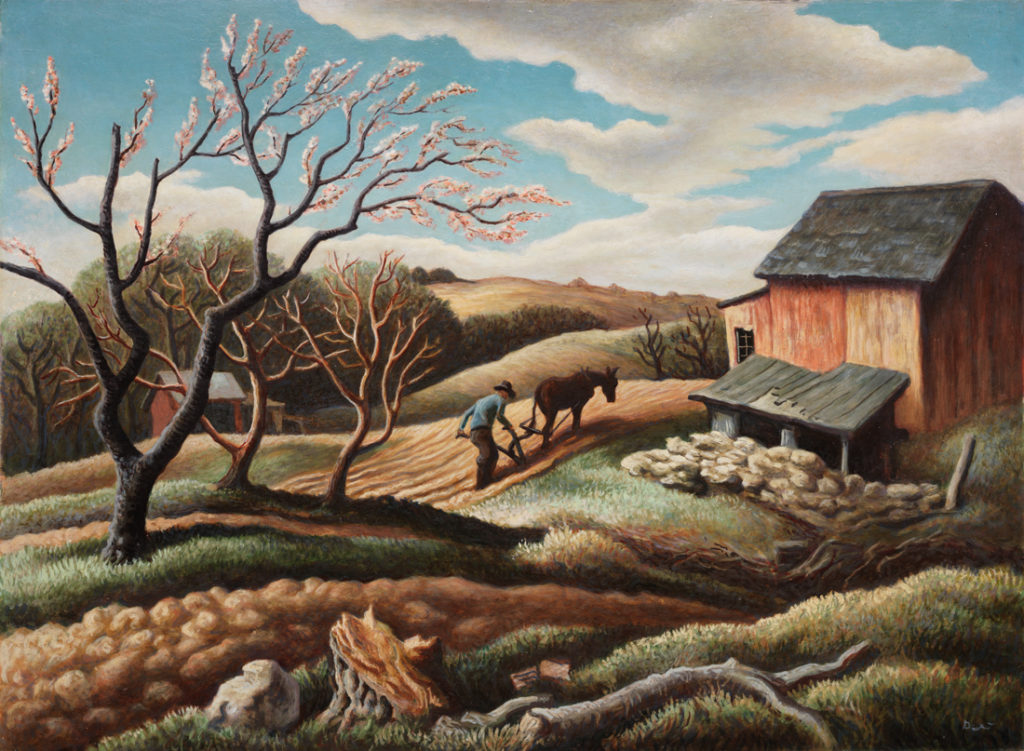
The final set of works under the theme Composing Nature looks more abstractly at the artistic approach to scenes “communicated in nature’s visual language, creatively altering and arranging it to share a personal vision.” This engages with the works of more well-known artists such as Klimt and Cézanne, as well as lesser known (to me) work of Pointillist Paul Signac and the surreal work of Yves Tanguy. The Klimt work ‘Birch Forest’ (1903), like so much art, is so impressive and has a depth that makes it feel like you can walk into the painting itself.
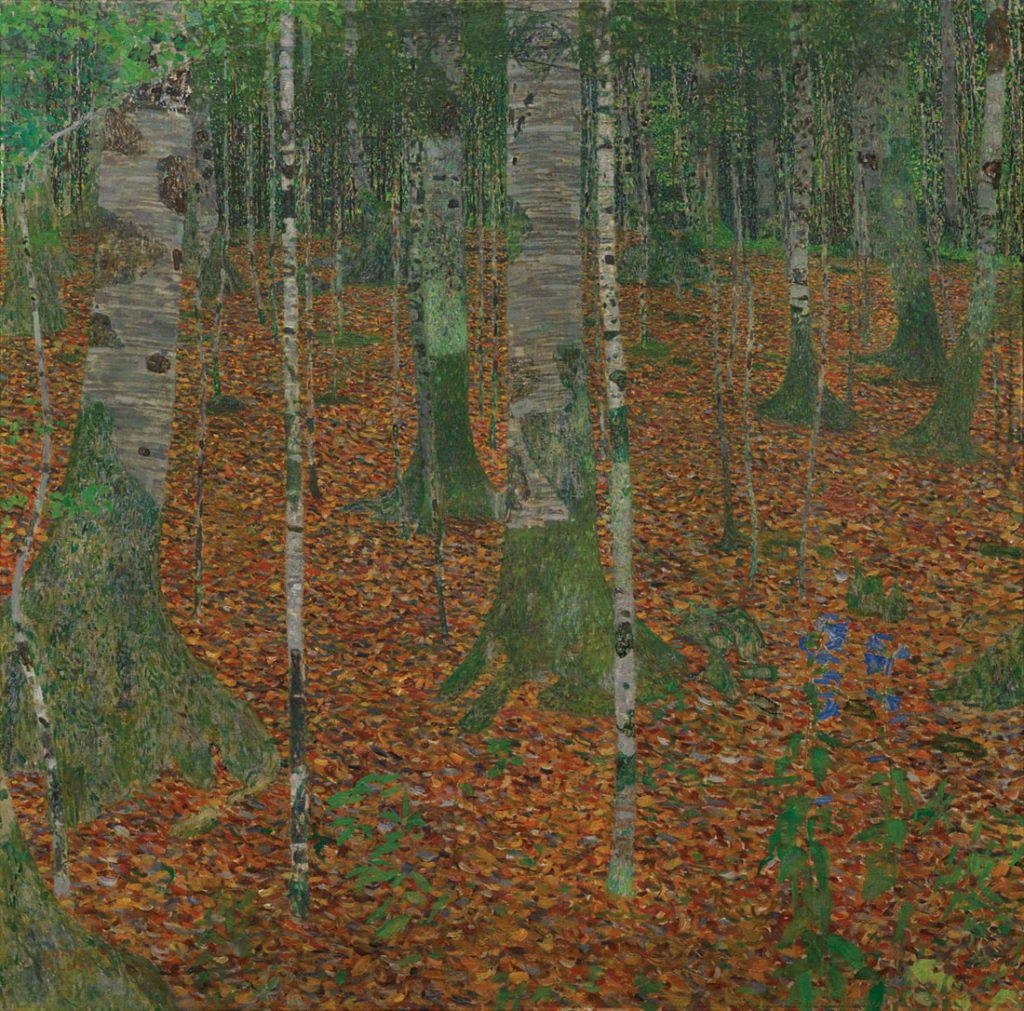
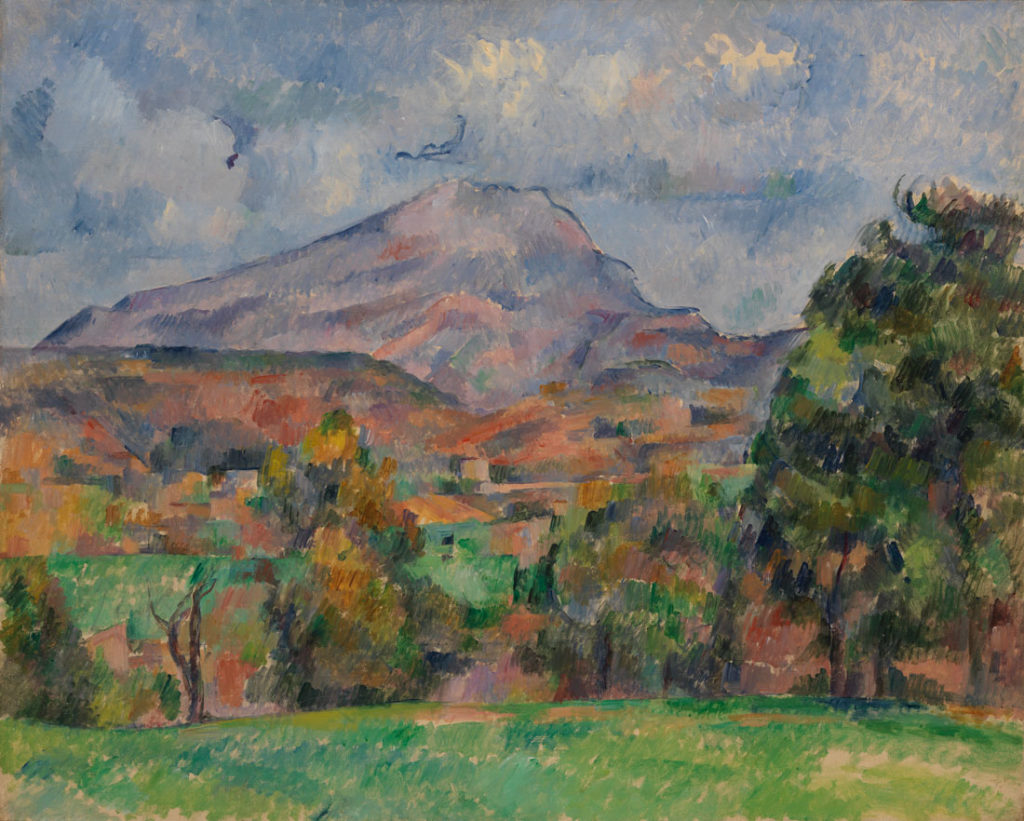
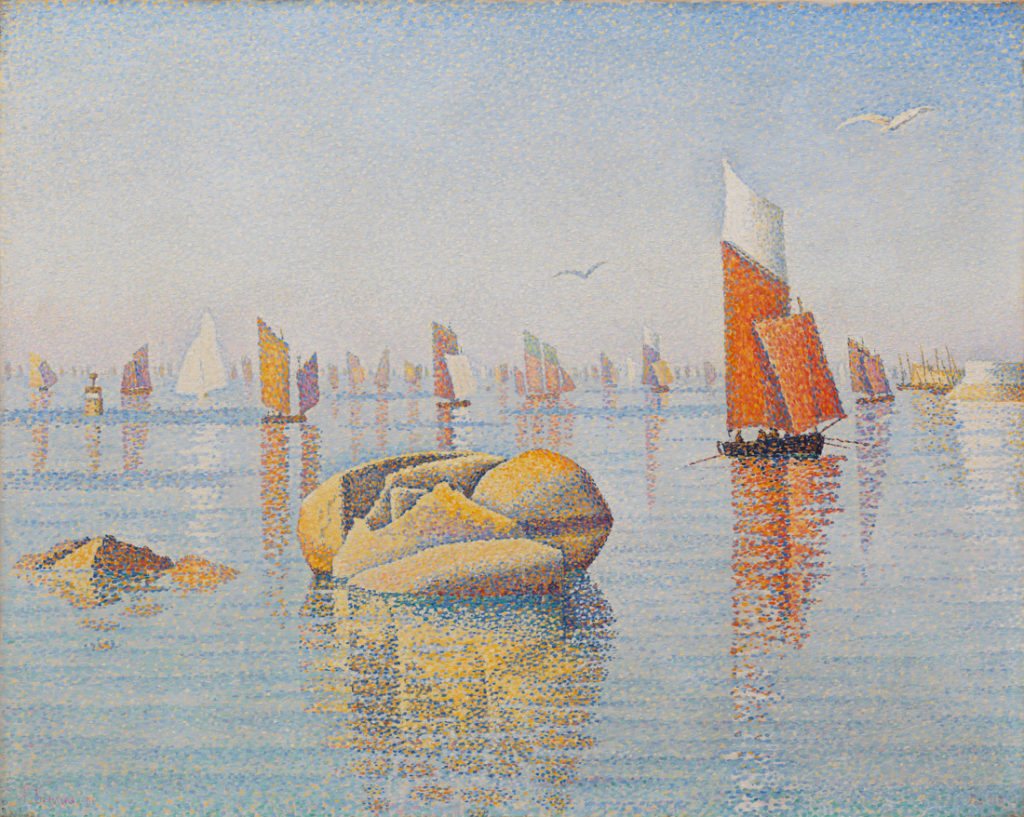
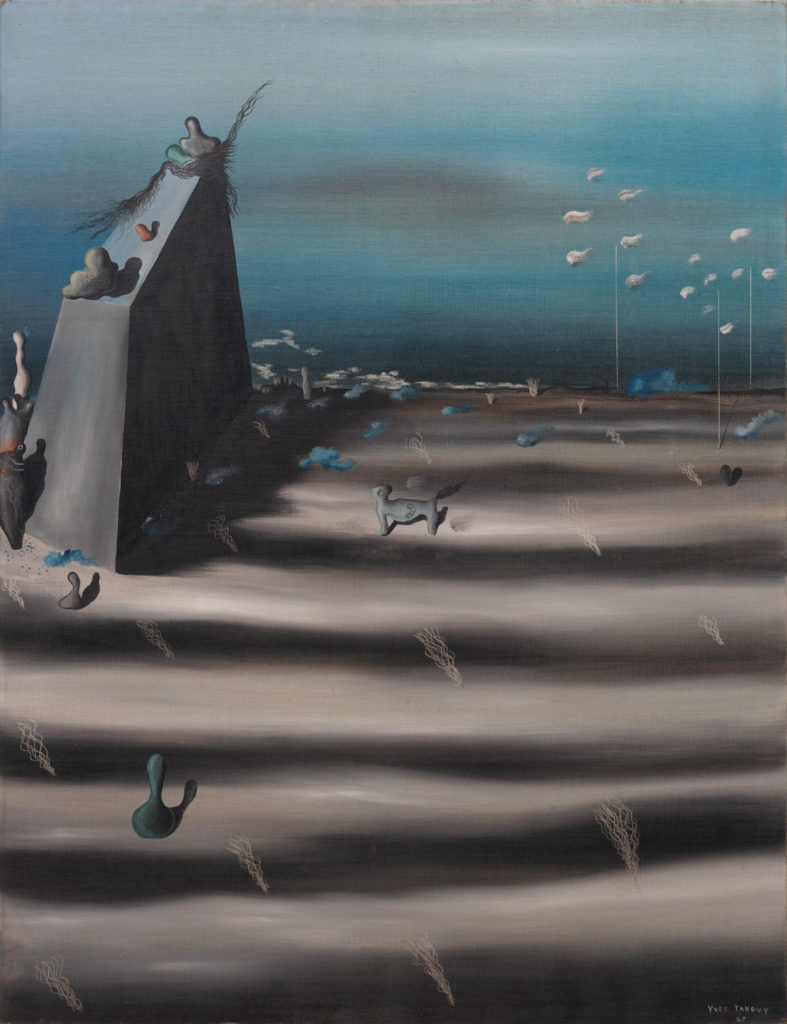
Maybe one of my favorites of the whole exhibition was ‘Rio San Trovaso, Venice’ by Henri-Edmond Cross (1903-04) – an amazingly rich pointillist waterscape that digital reproduction does not do justice.
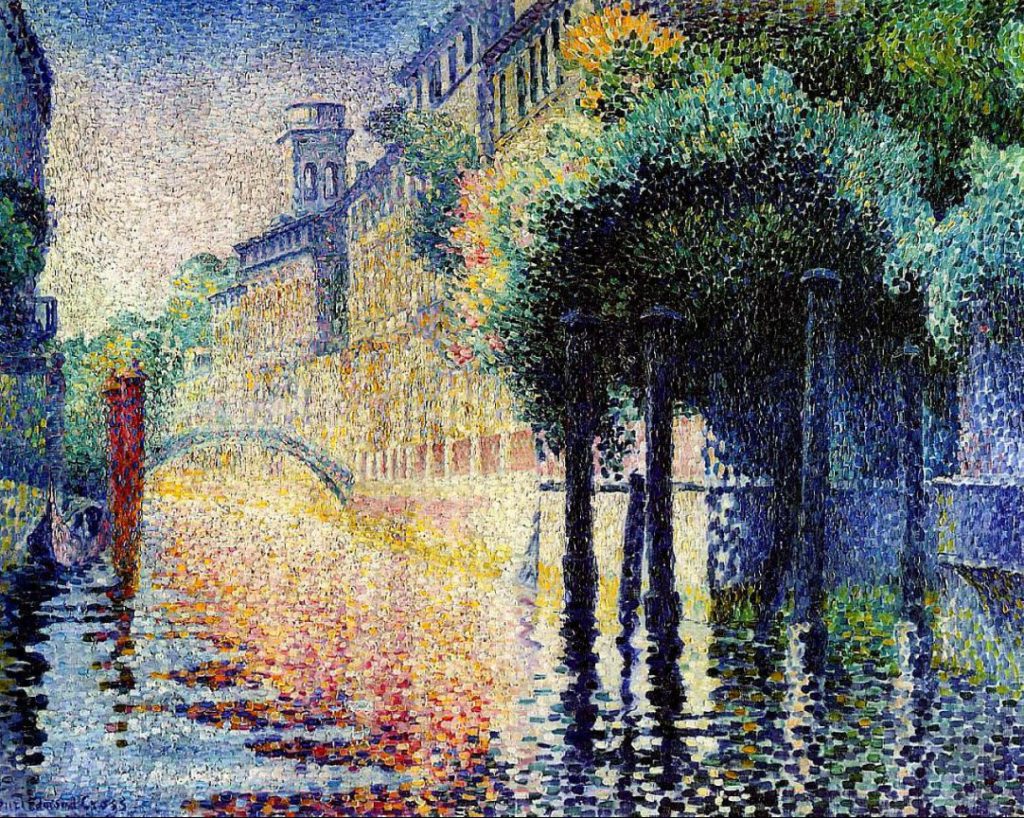
While there are plenty of landscapes available for viewing in regular collections, it’s a rare opportunity to see the range of works all in one place at the same time. The known mixed with the lesser known, and spanning a broad range of styles and centuries to time, all woven together with a broad loom of landscape, makes for some interesting viewing. Plus, while digital imagery is an amazing resource, the ability to see works in person, close-proximity, in an actual gallery, is compelling whatever the subject. Those in the Seattle area should definitely check it out.
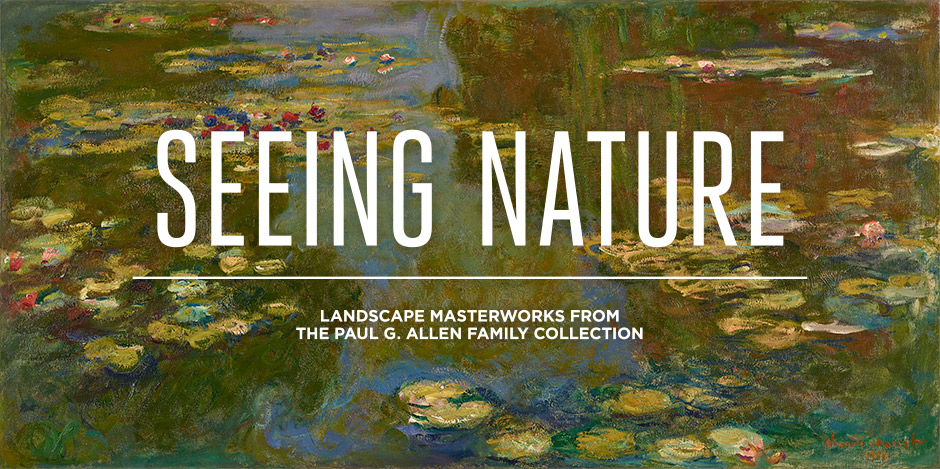
looks fabulous, Jason. I might have to make the trip to check it out.
on a related note I was doing some research and came across some amazing landscapes by Helen Lundeberg from the 70’s and 80’s. here’s one of my favorites:
http://resizeimage.club/openphoto.php?img=http://media-cache-ak0.pinimg.com/736x/7a/e2/72/7ae272d4f8805924d0cb263d1d149bb8.jpg
It’s a small set of works but very diverse – hey why not a trip up to Seattle!
Thanks for the Helen Lundeberg link – I had heard the name but didn’t know a lot of her work.
Hope all’s well.